By_shalini oraon

/As Pollution Soared on Diwali Night, Delhi’s Air Monitors Failed at Key Moments
On the night of Diwali, as millions of celebratory fireworks pierced the gloom over Delhi, a familiar and dreaded transformation began. The sky, already hazy with the city’s perennial pollution, thickened into a palpable, eye-watering smog. The air took on a potent, sulphurous smell, a toxic cocktail of gunpowder, vehicle exhaust, and industrial emissions, trapped by the cold, still air of winter. In homes across the capital, residents sealed their windows and switched on air purifiers, knowing the annual environmental crisis had reached its zenith. Yet, as the city gasped for breath, a critical component of its defence system faltered: its network of air quality monitors went partially blind at the very moments they were most needed.
This systemic failure was not a mere technical glitch but a profound metaphor for the city’s, and the nation’s, struggling battle against pollution. It left a critical data gap, obscuring the full, terrifying magnitude of the peak pollution hour and raising urgent questions about accountability, transparency, and our willingness to confront a public health emergency.
The Data Blackout at the Peak of the Crisis
Delhi’s air quality is tracked by a network of dozens of continuous ambient air quality monitoring stations (CAAQMS), operated by various government bodies including the Central Pollution Control Board (CPCB) and the Delhi Pollution Control Committee (DPCC). These stations provide real-time data on key pollutants, most critically PM2.5 – the fine, inhalable particles small enough to enter the bloodstream and cause devastating health impacts.
On Diwali night, as the clock ticked towards the hour when firework activity would be at its most intense, several of these vital sentinels stopped reporting. A check of the official CPCB and DPCC websites in the hours following the celebrations revealed a pattern of conspicuous silence. Monitors in critical areas like Anand Vihar, one of the city’s perennial pollution hotspots, RK Puram, and Punjabi Bagh, among others, displayed a blank space or the dreaded “No Data” message where a catastrophic number should have been.
The reasons provided were varied and technically plausible. Officials cited “overload,” “maintenance issues,” or “calibration requirements.” The immense concentration of pollutants, they suggested, can sometimes clog the sensitive intake mechanisms of the monitors, requiring them to shut down temporarily. While this may be a genuine engineering challenge, the timing was catastrophic. It was akin to a power grid failing during a historic heatwave or a flood warning system going offline as the river breaches its banks. The failure to anticipate this predictable surge and fortify the system accordingly pointed to a deeper malaise.
The Consequences of the Information Vacuum
The absence of data at the peak of pollution has far-reaching consequences that extend beyond a mere blank spot on a graph.
First, it undermines public trust. For citizens who rely on this data to make critical decisions – whether to allow children to play outside, whether to wear an N95 mask, or whether to activate their air purifiers – the failure breeds cynicism. It fuels public suspicion that the authorities are deliberately obscuring the worst of the crisis to avoid political embarrassment and accountability. The perception, whether accurate or not, is that the data is being “managed” rather than measured.
Second, it handicaps scientific and policy responses. The precise measurement of the pollution peak is crucial for epidemiologists studying the acute health effects of short-term exposure to such extreme conditions. It is also vital for modelers who track how pollutants disperse and evolve. Without accurate peak data, our understanding of the event is incomplete, making it harder to design targeted interventions for future Diwali seasons. How can you effectively mitigate a crisis if you cannot accurately measure its worst moments?
Third, it creates a false baseline for comparison. When official records of Diwali pollution are compiled, the missing peak data results in an underestimation of the true severity. This allows for misleading narratives that “this year was better than last year,” even if the actual experience on the ground during the critical hours was far worse. It softens the hard edges of a public health catastrophe, reducing the political imperative for drastic action.
A Pattern of Obscuration, Not Isolated Failure
The Diwali monitor failure is not an isolated incident but part of a broader pattern where the narrative around Delhi’s air pollution is often carefully curated. Throughout the winter, similar “technical glitches” have been known to occur during periods of severe smog. There is a recurring tendency to blame external factors – farm fires in neighboring states, meteorological conditions like low wind speed – while downplaying local, controllable sources like vehicular traffic, construction dust, and, of course, fireworks.
The failure to robustly monitor and report data at the most critical juncture fits uncomfortably well within this pattern. It shifts the focus from the palpable, preventable cause – the massive, indiscriminate bursting of firecrackers – to a debate about technical malfunctions and missing numbers. The conversation becomes about the failure of the monitors, not the failure to prevent the pollution.
The Way Forward: Accountability and Resilient Systems
For Delhi to have any hope of conquering its air pollution crisis, it must first commit to unflinching transparency. This requires a multi-pronged approach:
1. Fortifying the Monitoring Network: The CPCB and DPCC must invest in making the air quality monitoring infrastructure more resilient. This includes deploying redundant systems at key locations, ensuring frequent pre-event maintenance and calibration, and utilizing monitors specifically designed or hardened to handle extreme pollution events without failing. The “overload” excuse is a diagnosis of a weak system, not a valid justification.
2. Independent Data Verification: To bolster public trust, the government should encourage and collaborate with independent research institutions and accredited citizen science initiatives that can provide supplementary data. A multi-source data stream can act as a check and balance against systemic failures or perceived opacity.
3. Transparent Communication: When monitors do fail, the authorities must communicate this proactively and transparently, explaining the cause, the steps being taken to rectify it, and providing estimated data where possible. Silence and “No Data” messages in the midst of a health emergency are simply not acceptable.
4. Addressing the Root Cause: Ultimately, the most important step is to reduce the pollution at its source. This requires enforcing existing laws on fireworks, accelerating the transition to clean energy and transport, and implementing a comprehensive, year-round action plan rather than a reactive, seasonal response.
On Diwali night, as the monitors flickered off, the city was left not just in the dark, but in ignorance. The failure of the machines was a symptom of a larger failure of will. To truly clear the air, Delhi needs more than just functioning sensors; it needs a steadfast commitment to seeing the problem clearly, no matter how ugly the picture, and the courage to act on what it sees. The health of millions depends on this clarity, a clarity that was tragically absent when it was needed most.
Discover more from AMERICA NEWS WORLD
Subscribe to get the latest posts sent to your email.
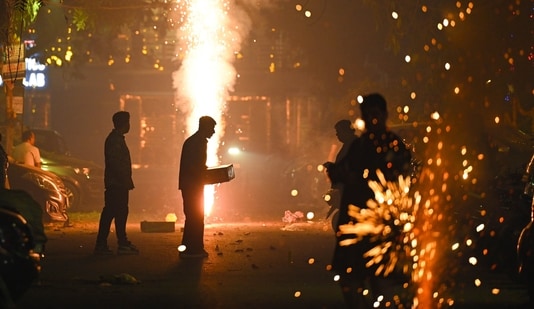



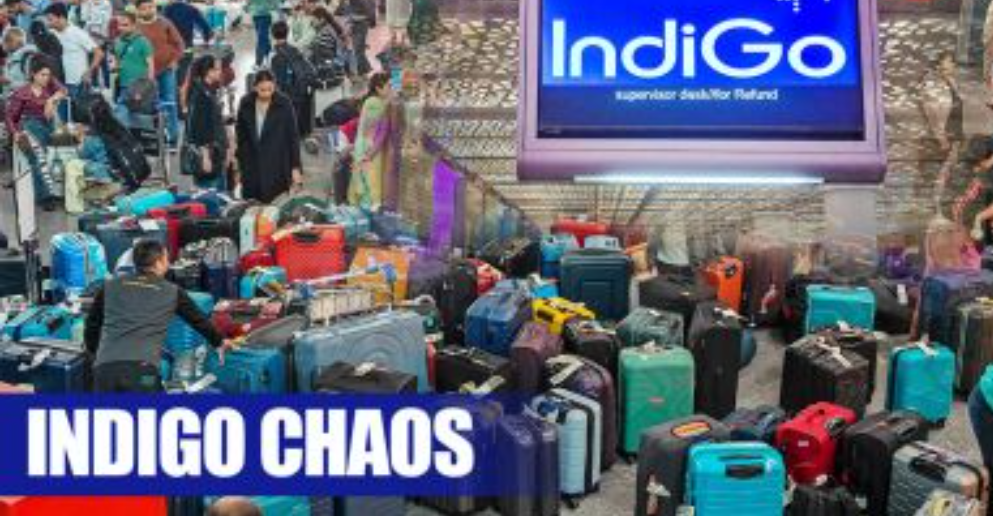
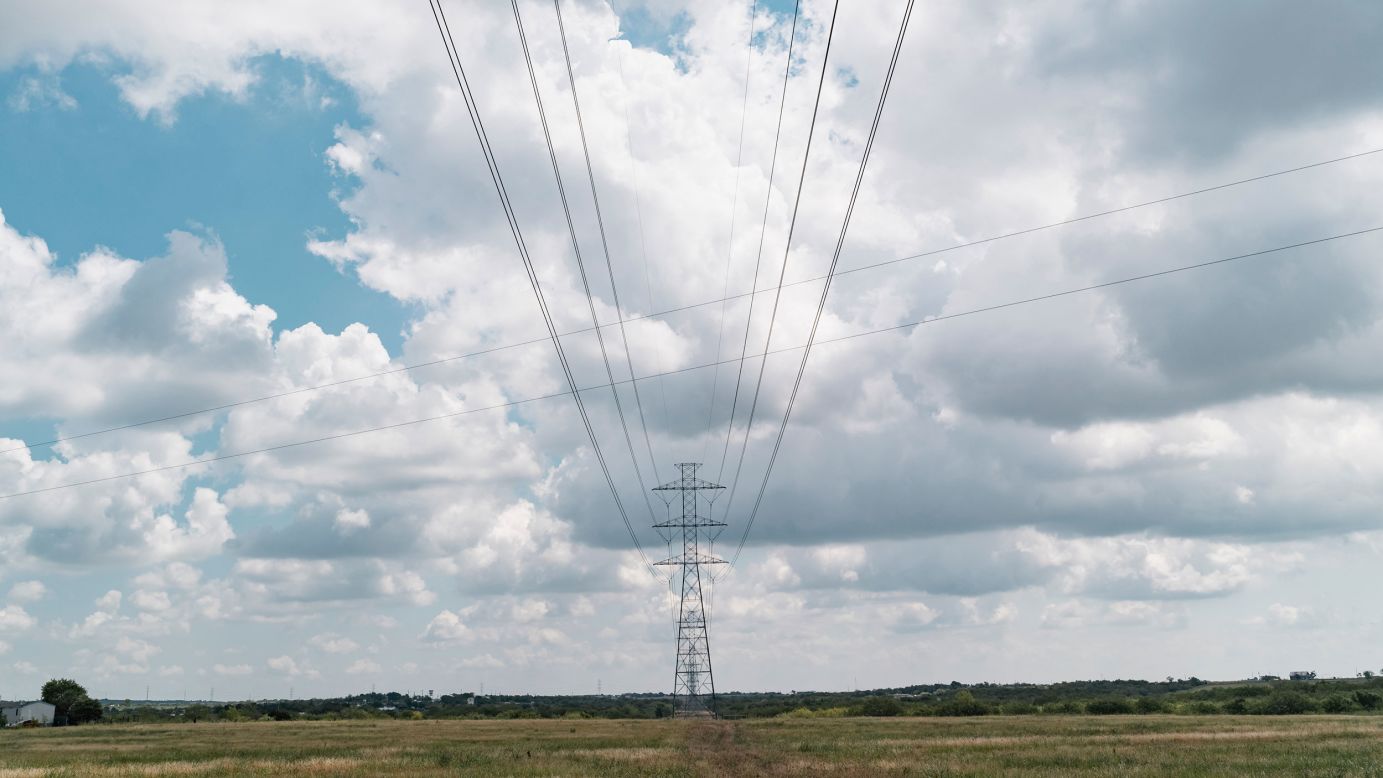

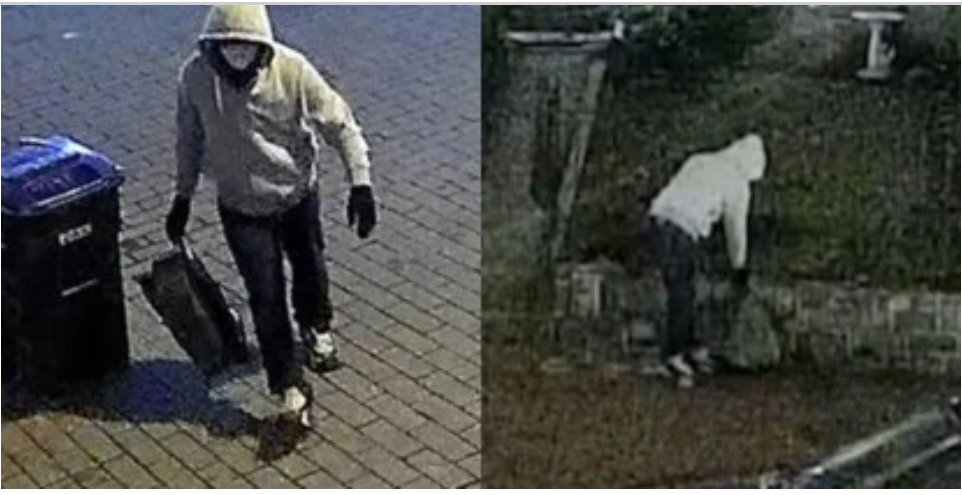
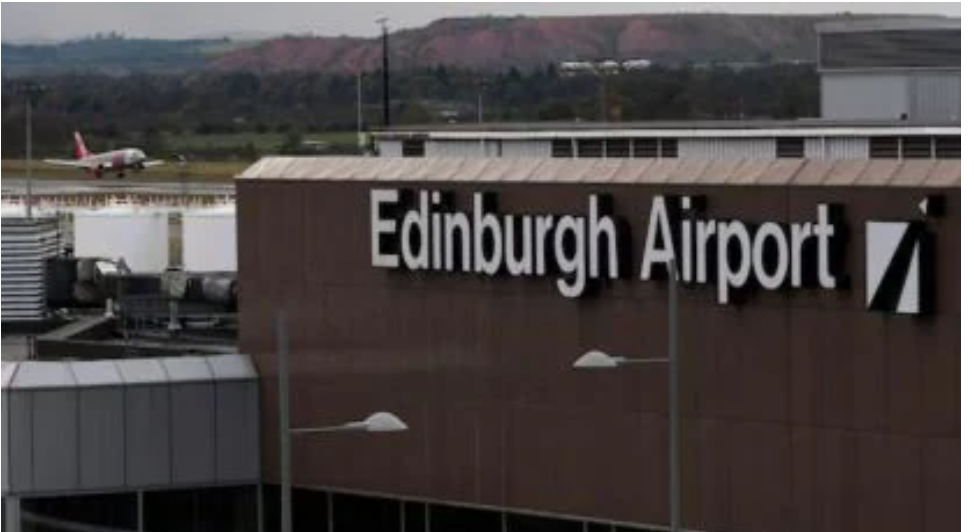




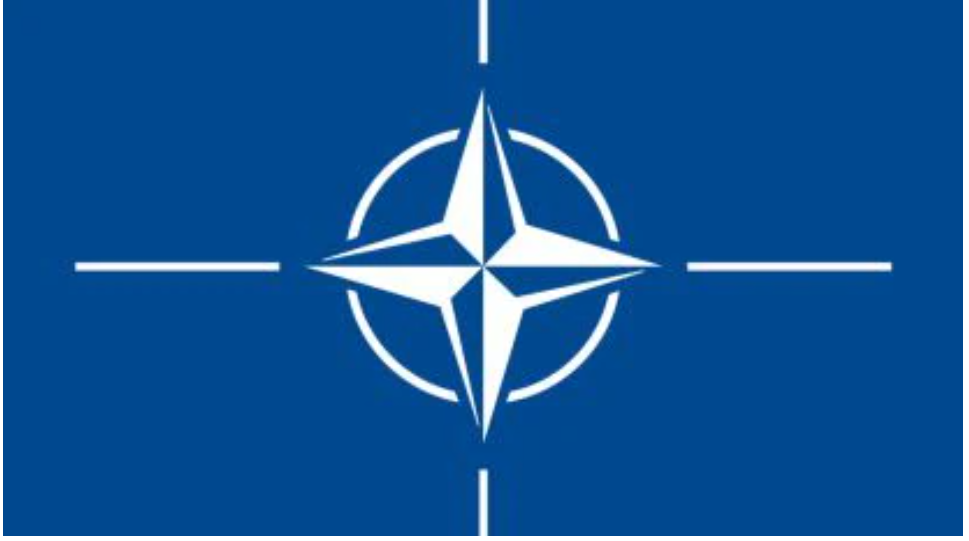
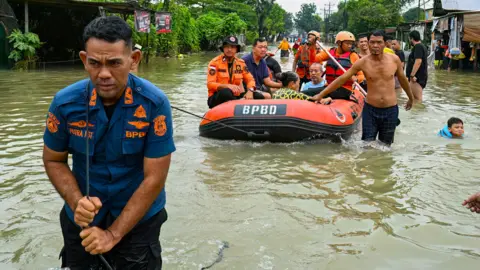



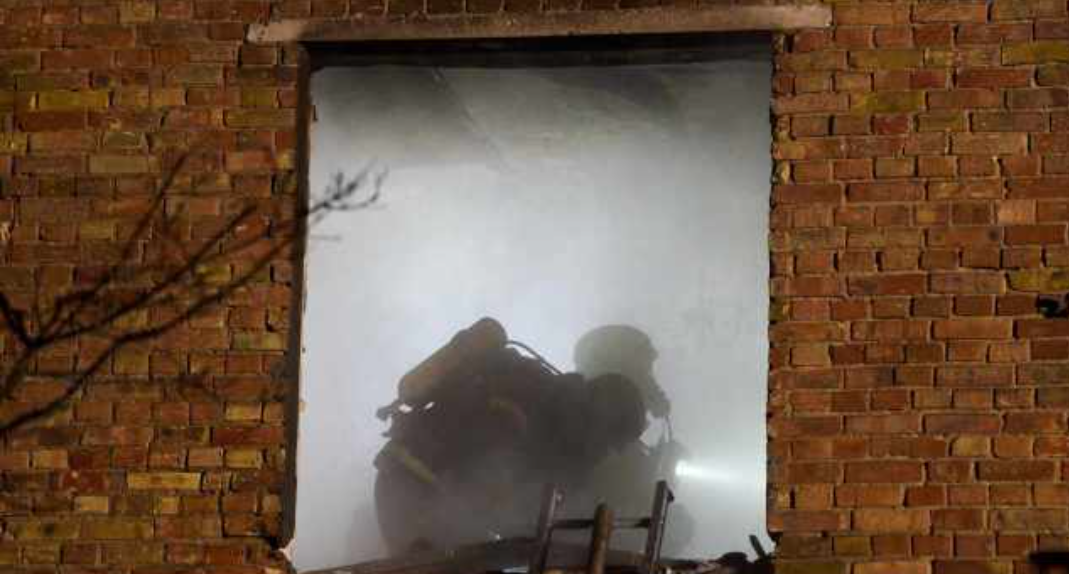
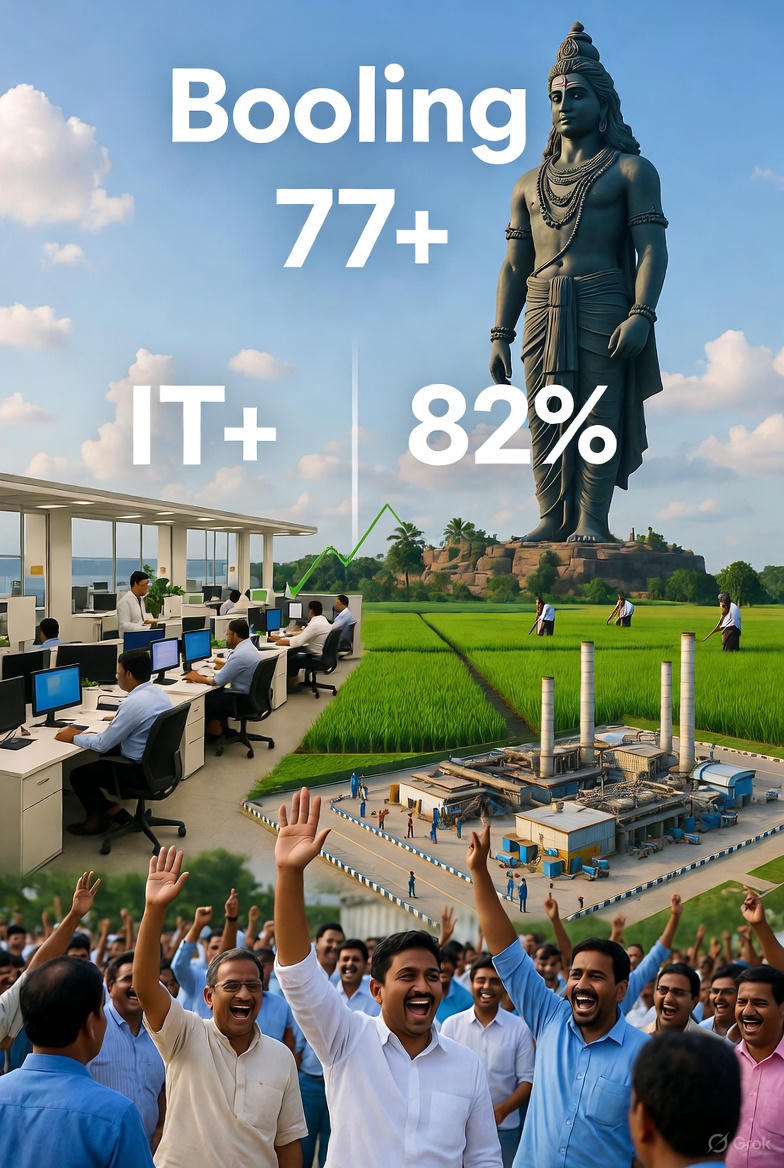






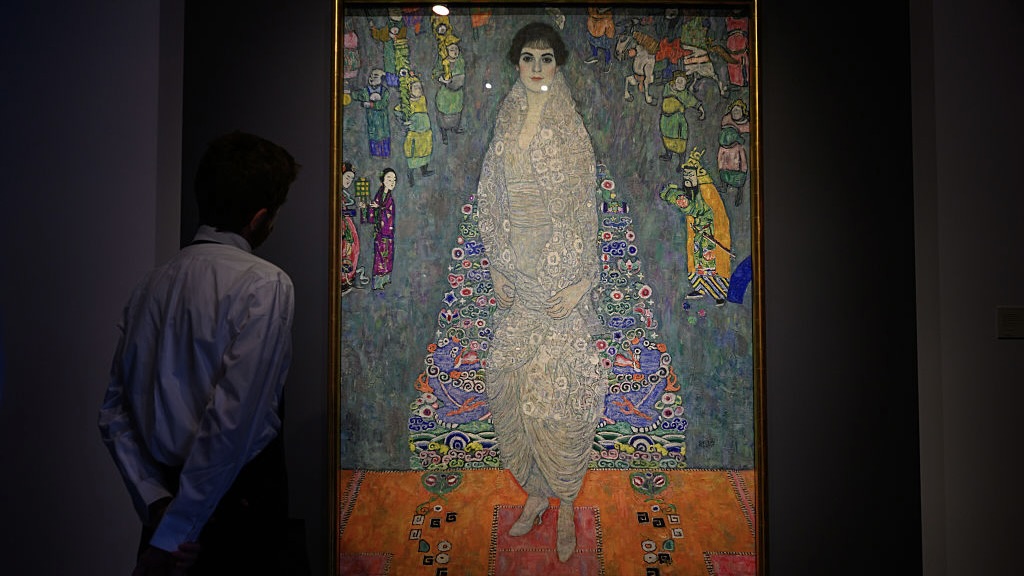




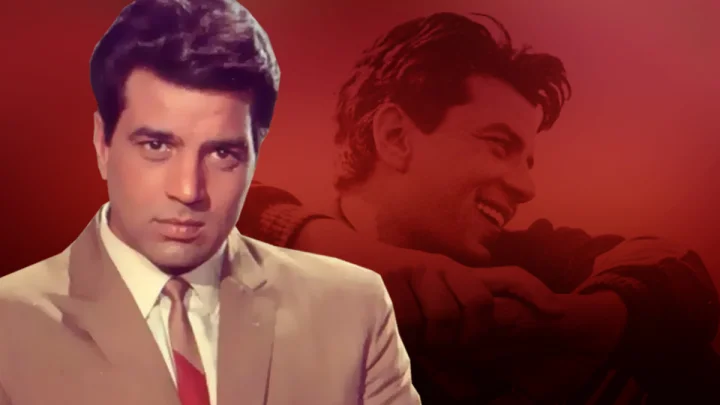
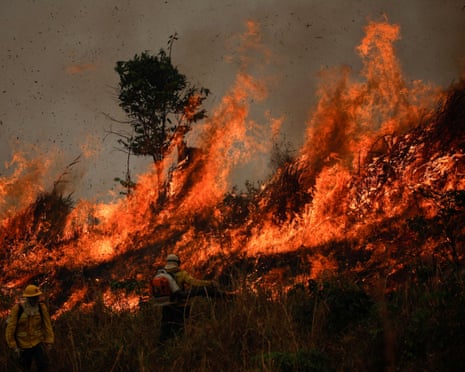
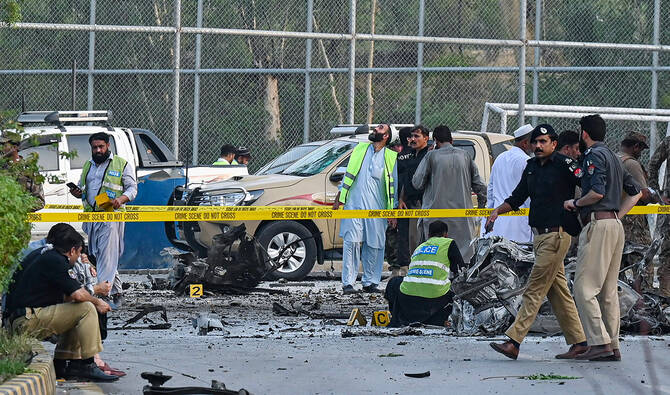


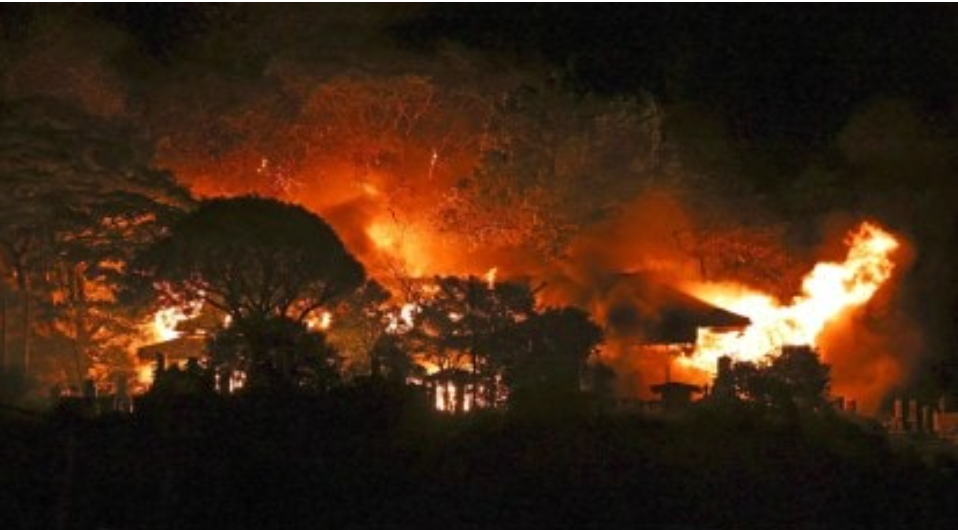




Leave a Reply